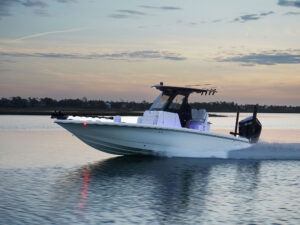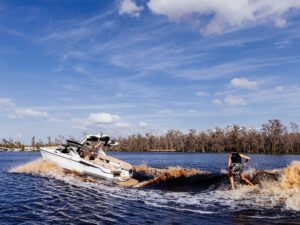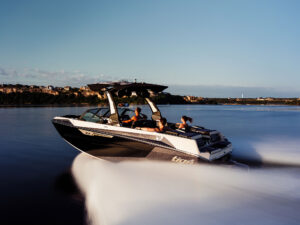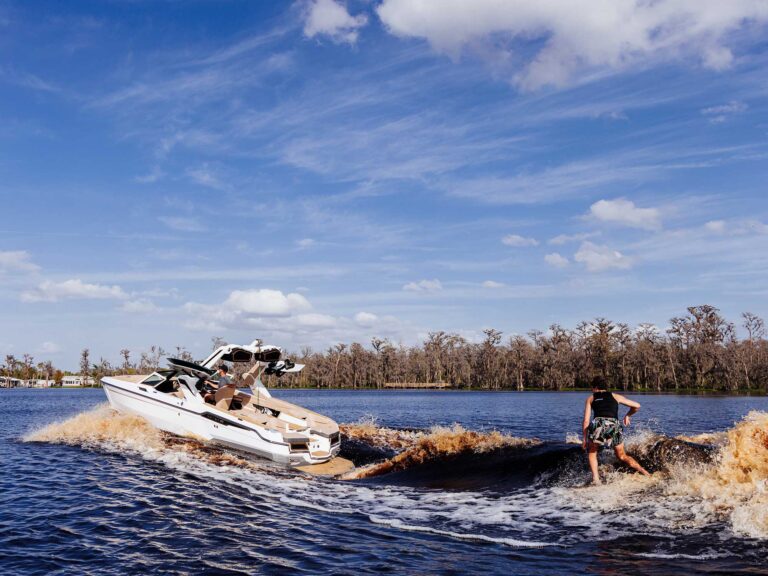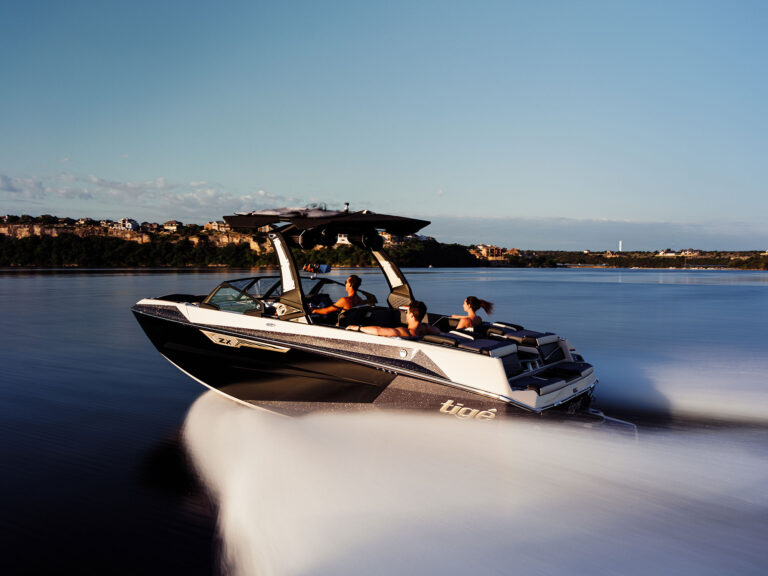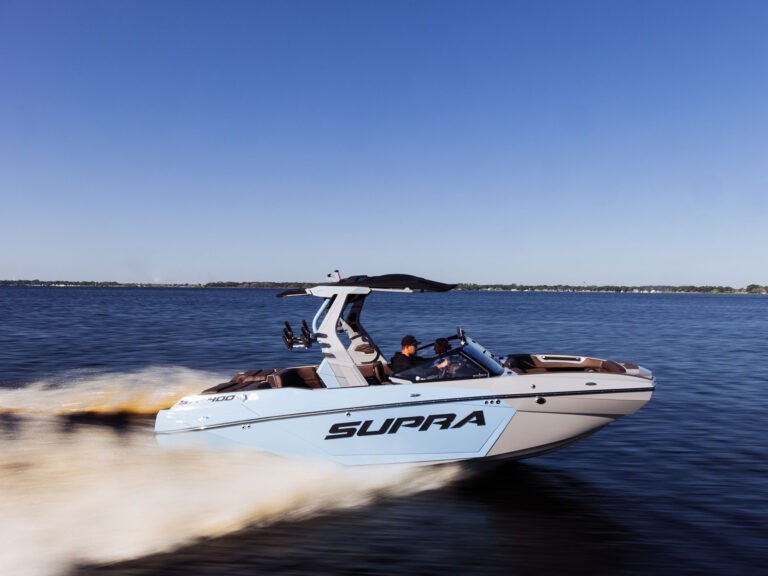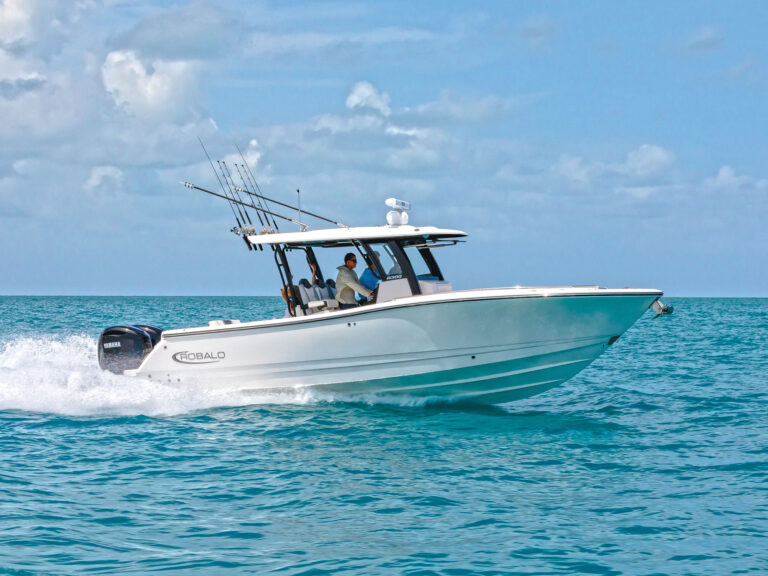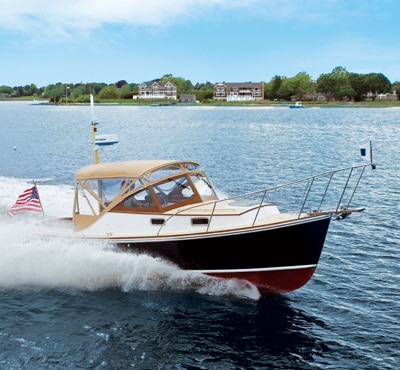
In the beginning, boating and boats were much more homogenous than they are today. Boats came in small sizes and had outboards, and they came in larger sizes and had inboards. A yacht possessed twin engines, likely of the diesel persuasion. Kayaks were known but uncommon. Later on, the sterndrive came along and vied with the outboard for the affections of owners of smaller boats.
Boats tended to all look the same in the past. At the least, they looked related. The teak step pad on the gunwale of the runabout mirrored the teak cockpit sole of the cruiser. The vent hole cut into the ski boat’s glove compartment door was the same anchor-shape cutout one would find in the hanging locker door in the master stateroom of the sport-fish boat. Whether one skippered a 40-foot “gold plater” or a small vessel considered part of the “mosquito fleet” (these “buzzed” around), rough edges of fiberglass were often as not finished with a strip of riveted aluminum. Two-tone color schemes, streamlining, and other automotive affectations — including tail fins — were ubiquitous.
Boaters too were almost all cut from the same cloth, tending to be versed in various watery activities. The couple with the sedan didn’t ski anymore but started out boating at the end of a towrope. The avid tuna angler with the convertible learned to tie knots and sharpen hooks while chasing flounder from a skiff. The trawler owner raced outboards as a kid. Engines being what they then were, all were familiar with the smell of ether. Boaters boated differently, but because they all tended to come from the same place, and because other boats had more similarities than differences, they understood each other. They respected each other.
Today, it’s different. A 40-footer is as likely to sport outboards as diesel power — and the term “twin screw” no longer carries as much panache. Boats sport refined details, and even the smallest models are so much more capable, versatile and easier to maintain than their predecessors. Engines are reliable and require no experience to start or to keep running. Many boaters jump directly to the “big boat” instead of stepping up from a runabout to an overnighter, and then to a cruiser. Advanced design allows boats to serve with less compromise than in the past.
The world has changed. For many, the time to come up as a boater versed in a variety of watery activities just isn’t there, even if the desire is. So, we have better boats but a worse understanding of each other. And there are more of us. That makes it imperative that we go out of our way to try and understand our fellow boater. After all, we boaters don’t just share a love for the water. We share the water.

